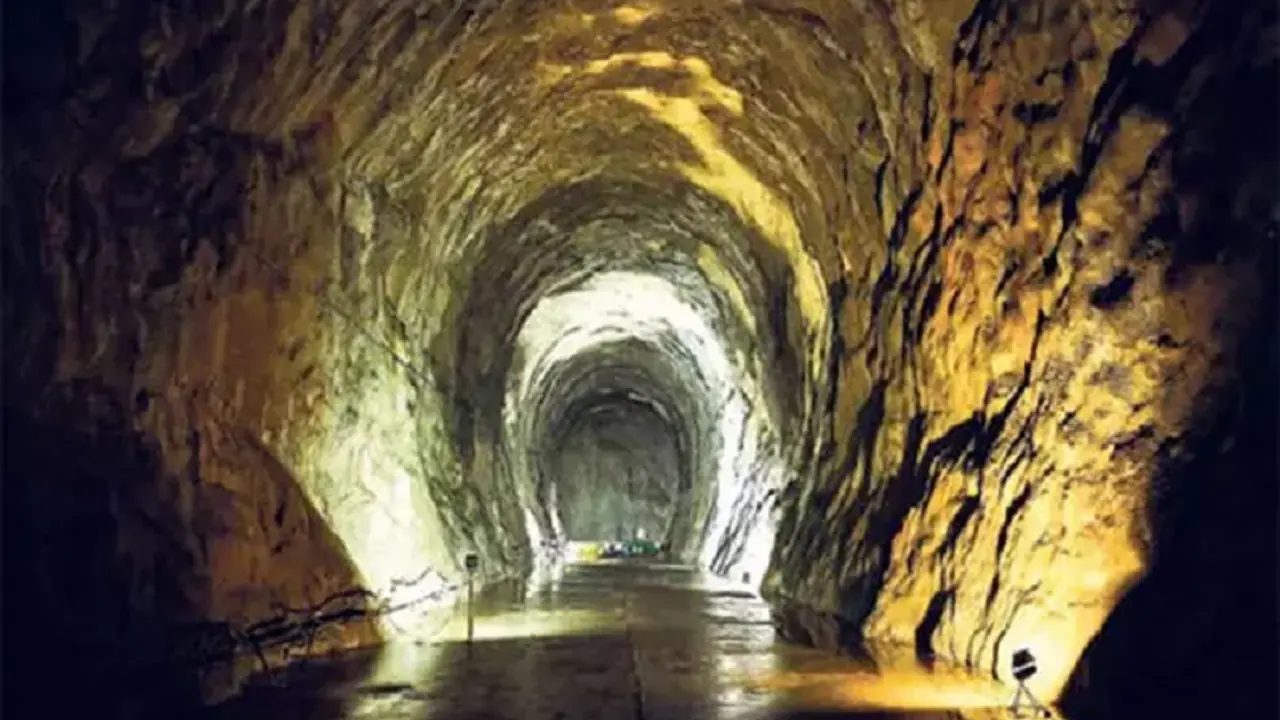India’s largest underground LPG storage facility with an 80,000 metric tonne capacity has been completed in Mangaluru. Built at a cost of ₹800 crore, it strengthens India’s energy security with strategic gas storage infrastructure.
Mangaluru: India’s largest underground liquefied petroleum gas (LPG) storage facility has been successfully established in Mangaluru, marking a significant step toward enhancing the country’s energy security. The massive underground cavern has a storage capacity of 80,000 metric tonnes, making it the largest of its kind in the country.

Safety verified through rigorous testing
Experts from Megha Engineering, the firm that constructed the facility, confirmed that the Cavern Acceptance Test (CAT), conducted between May 9 and June 6, has validated the safety and efficiency of the underground storage system. The facility has been deemed ready to operate in emergency situations, offering a reliable backup for the nation’s LPG needs.
Strategic location and national importance
This is the second underground LPG storage cavern in India, the first being in Visakhapatnam, which has a capacity of 60,000 metric tonnes. Mangaluru’s new facility surpasses that, making it a key national asset. The central government chose Mangaluru for this crucial infrastructure due to its existing network of oil and gas storage and proximity to the coast.
Existing oil caverns in the region
Mangaluru already hosts underground crude oil storage caverns at:
- Permude – 1.5 lakh metric tons
- Padur – 2.5 lakh metric tons
The newly completed LPG cavern is the third major underground facility in the region, further strengthening its role as an energy hub.
₹800 crore project completed below ground
Initiated in 2018 and with construction beginning in 2019, the project involved the excavation of a large rock formation 500 meters below the surface to create the secure cavern. The project cost the central government approximately ₹800 crore. To streamline future operations, a floating jetty has been constructed in the sea, and pipeline connectivity has already been completed. This infrastructure will allow LPG to be pumped directly into the cavern from sea-based carriers, enhancing import and storage capabilities.


